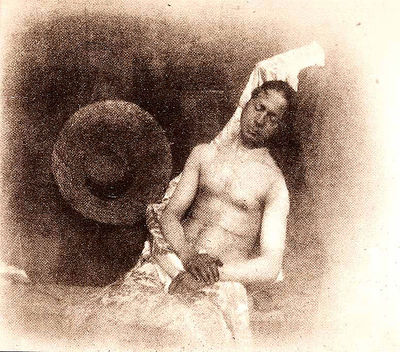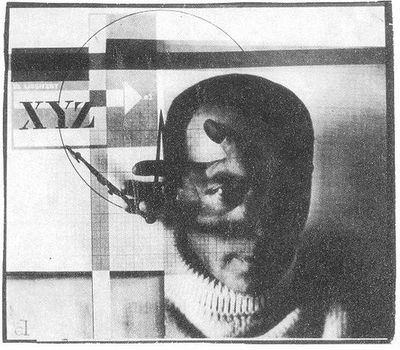Chapter 9: Layering and Collage
Download Materials for Chapter 9
Click here to download chapter 9 work files
You will need the chapter 9 work files to complete this chapter’s exercises.
In the middle of the 1800s, Hippolyte Bayard was one of the earliest photographers to create a combination print, where two separate images are juxtaposed in a single photographic print.

Following Bayard’s experiments, there are many combination prints and double exposures that were made as photographic prints throughout the Victorian Era.
In the 1920s, Dada and Constructivist artists cut and pasted found photographs, their own imagery, and various printed elements together to form an “anti-aesthetic” collage that challenged the viewer to decipher multiple messages within the final composition. El Lissitzky’s The Constructor (seen below) is an example of this type of work. Lissitzky’s self portrait combines his own head with fragments of machinery along with a hand that is interpreted as “THE HAND OF GOD” passing over his face.

These two images employ different methods of artistic production. The combination print was made during the photographic printing process, while the photomontage combines various printed materials (in this case with adhesive). The photomontage may have been re-photographed, such that the final print appears seamless. Today tools like Photoshop allow for a less complicated process when combining multiple images.

